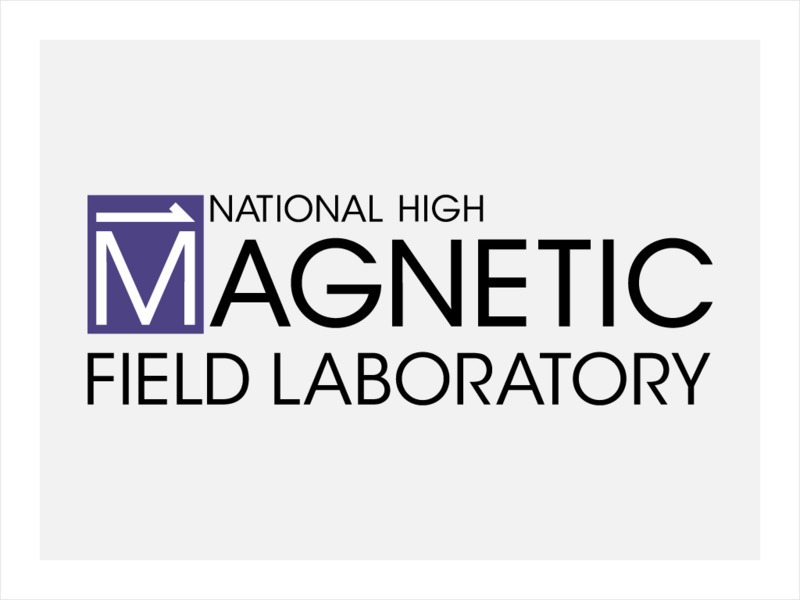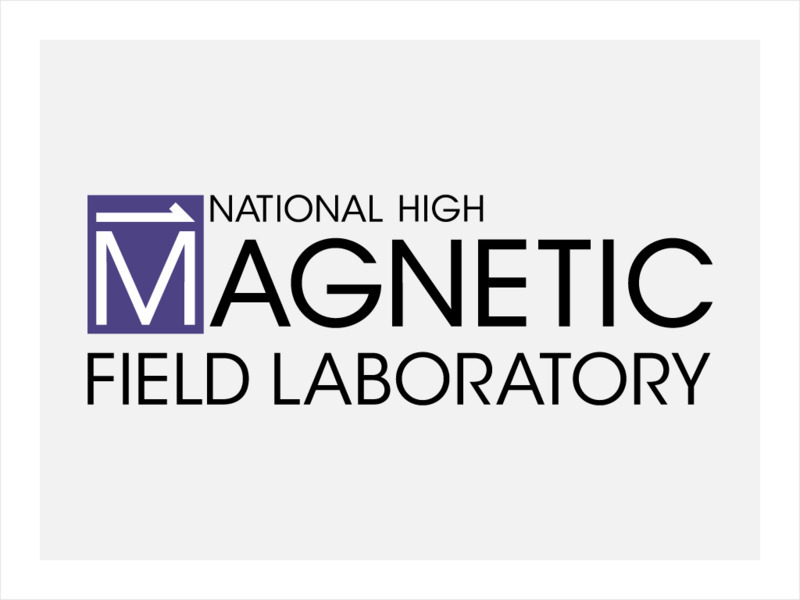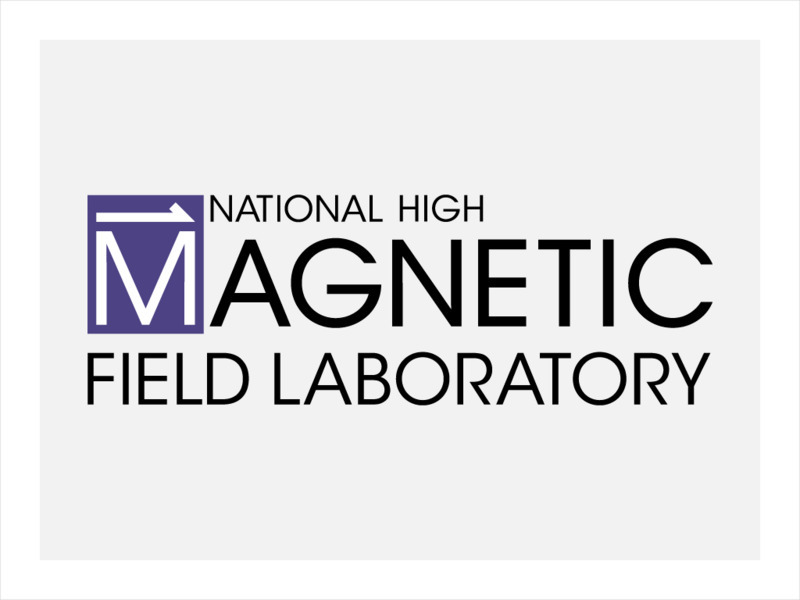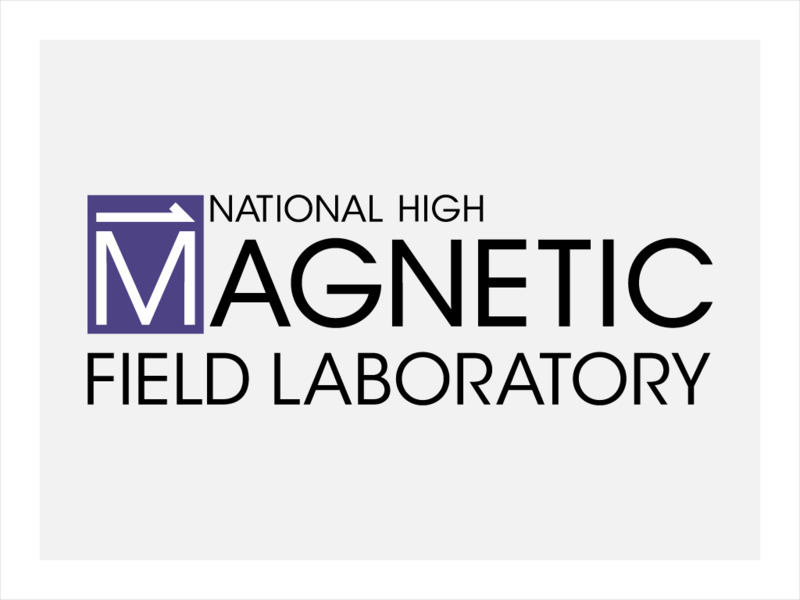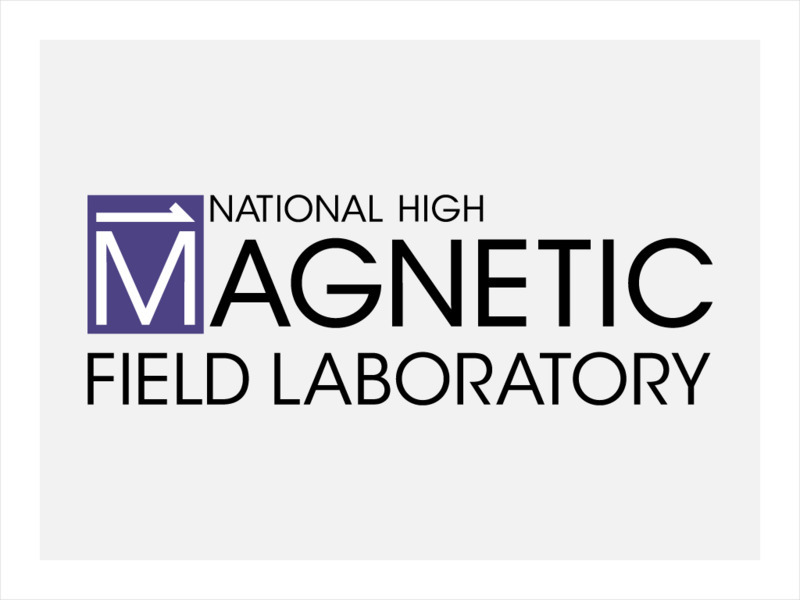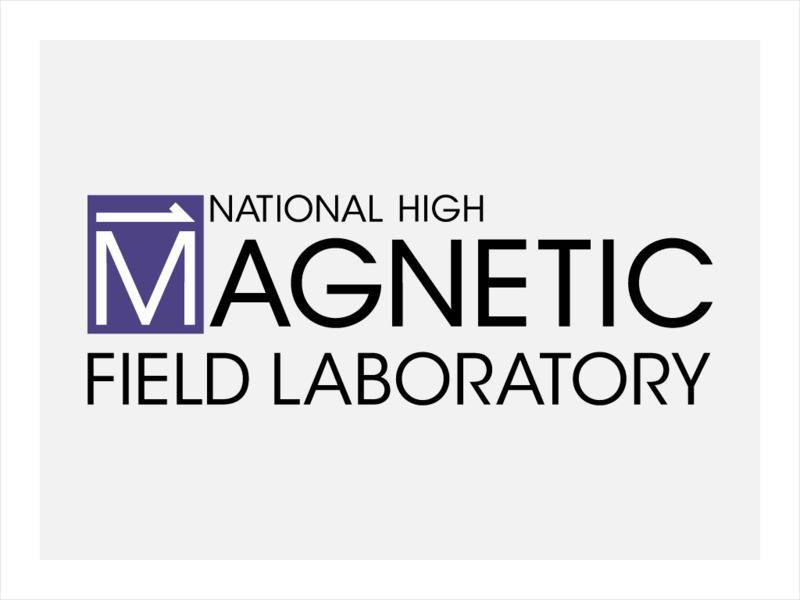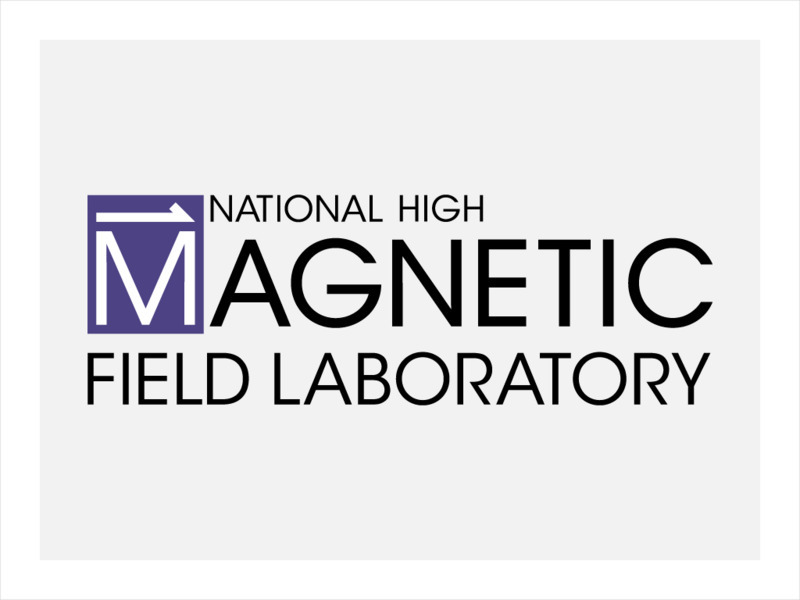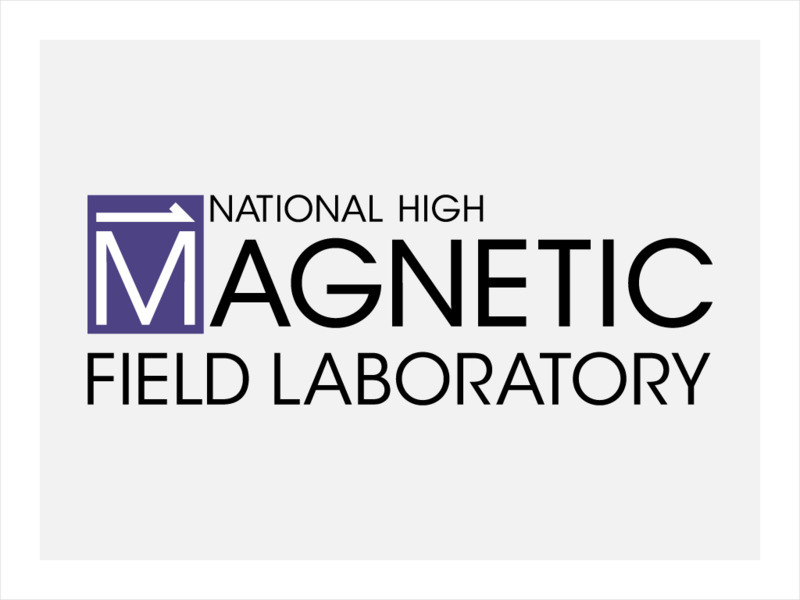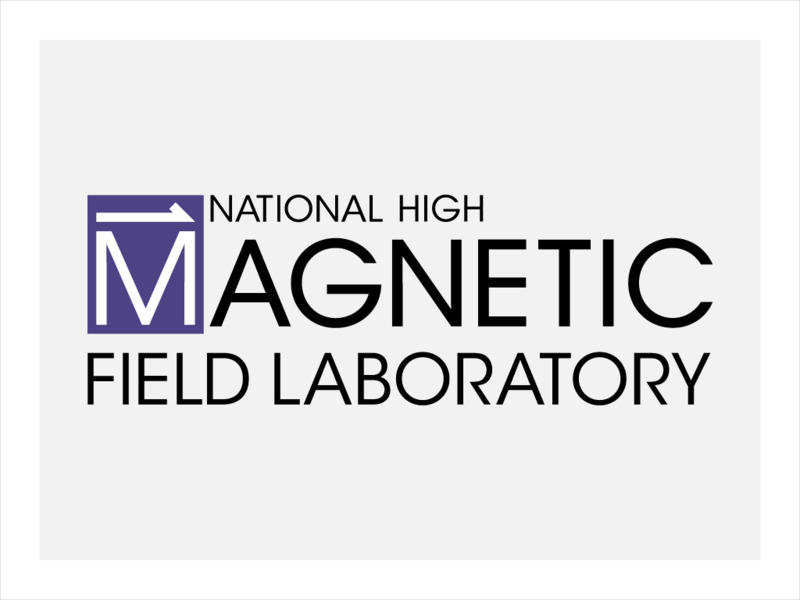National High Magnetic Field Laboratory
Magnet Academy: Gold Leaf Electroscope 1787
For centuries, the electroscope was one of the most popular instruments used by scientists to study electricity. Abraham Bennet first described this version in 1787.
National High Magnetic Field Laboratory
Magnet Academy: Electrophorus 1764
A very primitive capacitor, this early device allowed scientists to give discs of metal a specific charge.
National High Magnetic Field Laboratory
Magnet Academy: Electrocardiograph 1903
If TV medical dramas have taught us anything, it's how to recognize the heart's characteristic peaks and valleys crawling across monitors in emergency rooms. These images represent the electrical activity of the beating heart as recorded...
National High Magnetic Field Laboratory
Magnet Academy: Geiger Counter 1908
Counting alpha particles was tedious and time-consuming work, until Hans Geiger came up with a device that did the job automatically.
National High Magnetic Field Laboratory
Magnet Academy: Magnetic Core Memory 1949
At the dawn of the computer age, magnetic core memory helped make data storage possible, and showed surprising staying power in a field where components are constantly being replaced by new and improved products.
National High Magnetic Field Laboratory
Magnet Academy: Maglev Trains 1984
The railroad industry began in the frontier days, magnetic levitation has moved it squarely into the space age.
National High Magnetic Field Laboratory
Magnet Academy: Lodestone 600 Bc
The history of electricity and magnetism starts with this special mineral possessing amazing, and still mysterious, properties.
National High Magnetic Field Laboratory
Magnet Academy: Leyden Jars 1745
Because they could store significant amounts of charge, Leyden jars allowed scientists to experiment with electricity in a way never before possible.
National High Magnetic Field Laboratory
Magnet Academy: Leclanche Cell 1866
With only minor changes to its original 1866 design, the Leclanche cell evolved into modern alkaline batteries and the most popular household battery to date.
National High Magnetic Field Laboratory
Magnet Academy: Kettle 1891
Found in more homes than any other appliance, the kettle has steadily evolved from an ancient tool to an important modern convenience.
National High Magnetic Field Laboratory
Magnet Academy: Iconoscope 1923
American inventor Vladimir Zworykin, the "father of television," conceived two components key to that invention: the iconoscope and the kinescope.
National High Magnetic Field Laboratory
Magnet Academy: Hydroelectric Power Station 1882
The first hydroelectric power plant, known as the Vulcan Street Plant, was powered by the Fox River in Appleton, Wisconsin.
National High Magnetic Field Laboratory
Magnet Academy: Magneto 1832
The magneto helped fire up the first generation of automobiles.
National High Magnetic Field Laboratory
Magnet Academy: Plante Battery 1859
French physicist Gaston Plante invented the first rechargeable battery, leaving an enduring legacy in battery history. To see it, just pop the hood of your car.
National High Magnetic Field Laboratory
Magnet Academy: Pacemaker 1960
Many heads, hands and hearts contributed to the development of this lifesaving device.
National High Magnetic Field Laboratory
Magnet Academy: Oscilloscope 1897
From the auto shop to the doctor's office, the oscilloscope is an important diagnostic tool. A mechanic may use an oscilloscope to measure engine function, while a medical researcher uses it to monitor heart activity.
National High Magnetic Field Laboratory
Magnet Academy: Oersted Satellite, 1999
Named in honor of Danish physicist Hans Christian Oersted, Denmark's first satellite has been observing and mapping the magnetic field of the Earth.
National High Magnetic Field Laboratory
Magnet Academy: Oersted's Compass 1820
Compasses had been steering people in the right direction for many centuries when, in the year 1820, one particular compass made a very different sort of revelation to an unsuspecting Danish science professor.
National High Magnetic Field Laboratory
Magnet Academy: Morse Telegraph 1844
The man most commonly associated with the telegraph, Samuel Morse, did not invent the communications tool. But he developed it, commercialized it and invented the famous code for it that bears his name.
National High Magnetic Field Laboratory
Magnet Academy: Marconi Radio 1897
A number of distinguished scientists had a hand in the discovery of "wireless telegraphy," but it was the work done by Guglielmo Marconi that is credited with providing the basis of radio as we know it today.
National High Magnetic Field Laboratory
Magnet Academy: Magnetron 1920
Although they have applications at the highest levels of scientific research, magnetron tubes are used every day by non-scientists who just want to heat their food in a hurry.
National High Magnetic Field Laboratory
Magnet Academy: Schweigger Multiplier 1820
Spurred by Hans Christian Orsted's discovery of a relationship between electricity and magnetism, German chemist Julian Schweigger immediately began tinkering and soon came up with a very early galvanometer known as the Schweigger...
National High Magnetic Field Laboratory
Magnet Academy: Voltaic Pile 1800
For thousands of years, electricity was an ephemeral phenomenon- there one second and gone the next. The voltaic pile changed that forever.
National High Magnetic Field Laboratory
Magnet Academy: The Tesla Coil
What's behind the cool purple sparks? Neat science about resonance and transformers. Slideshow: [6:00]


